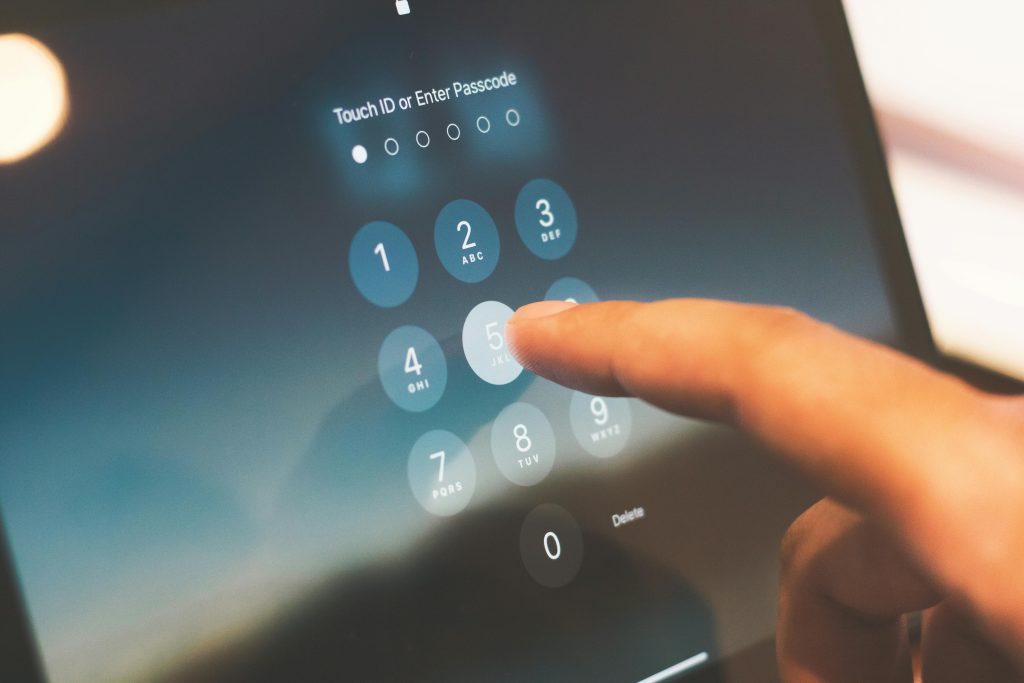Diagnosing Sudden Black Screen and Unexpected Shutdowns on the Acer Nitro ANV15-41 Gaming Laptop
Introduction
Experiencing sudden black screens and unexpected shutdowns during gameplay can be a frustrating ordeal for gamers and power users alike. If you own an Acer Nitro ANV15-41 and have encountered such issues, you’re not alone. This article explores potential causes and troubleshooting steps based on a real-world user experience, aiming to guide affected owners toward resolution.
Background and System Specifications
The user in question reports running a fairly high-performance configuration, including:
- Acer Nitro ANV15-41 with Windows 11 Home
- NVIDIA GeForce RTX 4060 Laptop GPU
- AMD Ryzen 7 7735HS processor with integrated Radeon Graphics
- 16 GB of RAM
The problem manifests during the play of moderately demanding titles such as ULTRAKILL, Destiny 2, and Warframe, with the laptop suddenly shutting off and displaying a black screen without warning.
Nature of the Issue
The primary symptom is an abrupt system shutdown accompanied by a black display, occurring unpredictably during gaming sessions. The error logged is identified as a Kernel Power 41 (63) event, which typically indicates an unexpected power loss or system crash.
Initial Investigations and Testing
Thermal and Hardware Checks:
– The user conducted comprehensive thermal management, including checking fans, replacing thermal paste, and monitoring temperatures during gameplay. Findings suggest overheating is not the culprit.
- A stress test lasting 12 hours, performed by a professional repair center, revealed no hardware faults.
Power Supply and Consumption:
– Monitoring revealed stable power consumption patterns, with no spikes or dips prior to shutdown—indicating the power supply or battery might not be at fault.
Software Troubleshooting:
– Various standard troubleshooting measures were attempted:
– Adjusting power settings in Windows Control Panel
– Disabling Fast Startup
– Reinstalling and using DDU (Display Driver Uninstaller) to reset GPU drivers
– Resetting and updating BIOS
– Running system diagnostics like DISM
Potential Causes and Considerations
Despite these efforts, the issue persists, pointing toward certain possibilities:
- Driver Conflicts:
-
A potential conflict between NVIDIA and AMD drivers might cause system instability during graphics-intensive activities. Driver conflicts are common in systems with hybrid GPU setups or multiple graphics components.
-
Software Corruption or Compatibility:
- Background apps, Windows updates, or corrupt system files may contribute to unstable behavior
Share this content:



